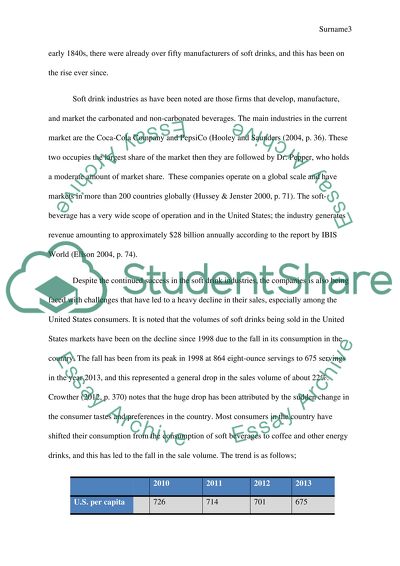Cite this document
(“The Soft-Beverage Industry Essay Example | Topics and Well Written Essays - 2000 words”, n.d.)
Retrieved from https://studentshare.org/marketing/1701543-the-soft-beverage-industry
Retrieved from https://studentshare.org/marketing/1701543-the-soft-beverage-industry
(The Soft-Beverage Industry Essay Example | Topics and Well Written Essays - 2000 Words)
https://studentshare.org/marketing/1701543-the-soft-beverage-industry.
https://studentshare.org/marketing/1701543-the-soft-beverage-industry.
“The Soft-Beverage Industry Essay Example | Topics and Well Written Essays - 2000 Words”, n.d. https://studentshare.org/marketing/1701543-the-soft-beverage-industry.


